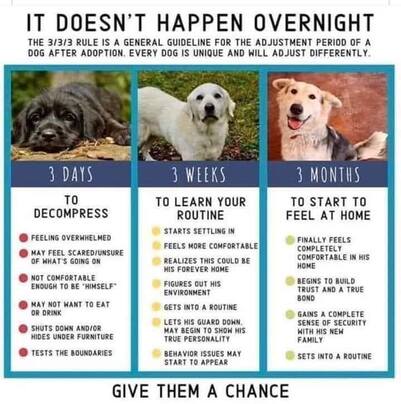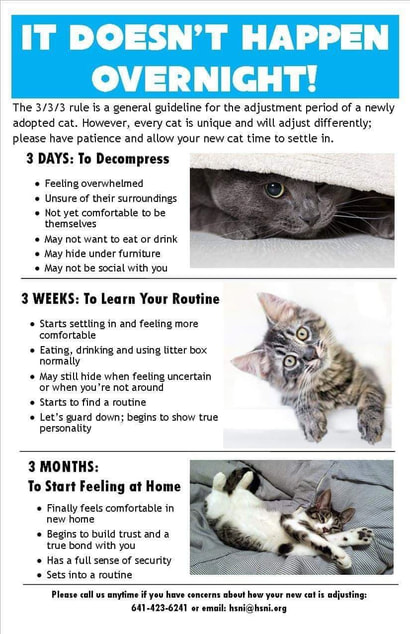WELCOME TO THE PET BEHAVIOR LIBRARY
Click on any of the topic below for more information!
Sometimes pet behavior problems can seem overwhelming, but many can be managed with the application of knowledge, combined with a little bit of effort. Pet retention is important to us, we want to keep people and pets together. Enabling successful pet ownership is one of our many goals at Mending Spirits Animal Rescue!
Need to connect with someone about behavioral concerns?
Connect with us and we will redirect you to someone who can possibly help.
Click on any of the topic below for more information!
Sometimes pet behavior problems can seem overwhelming, but many can be managed with the application of knowledge, combined with a little bit of effort. Pet retention is important to us, we want to keep people and pets together. Enabling successful pet ownership is one of our many goals at Mending Spirits Animal Rescue!
Need to connect with someone about behavioral concerns?
Connect with us and we will redirect you to someone who can possibly help.



